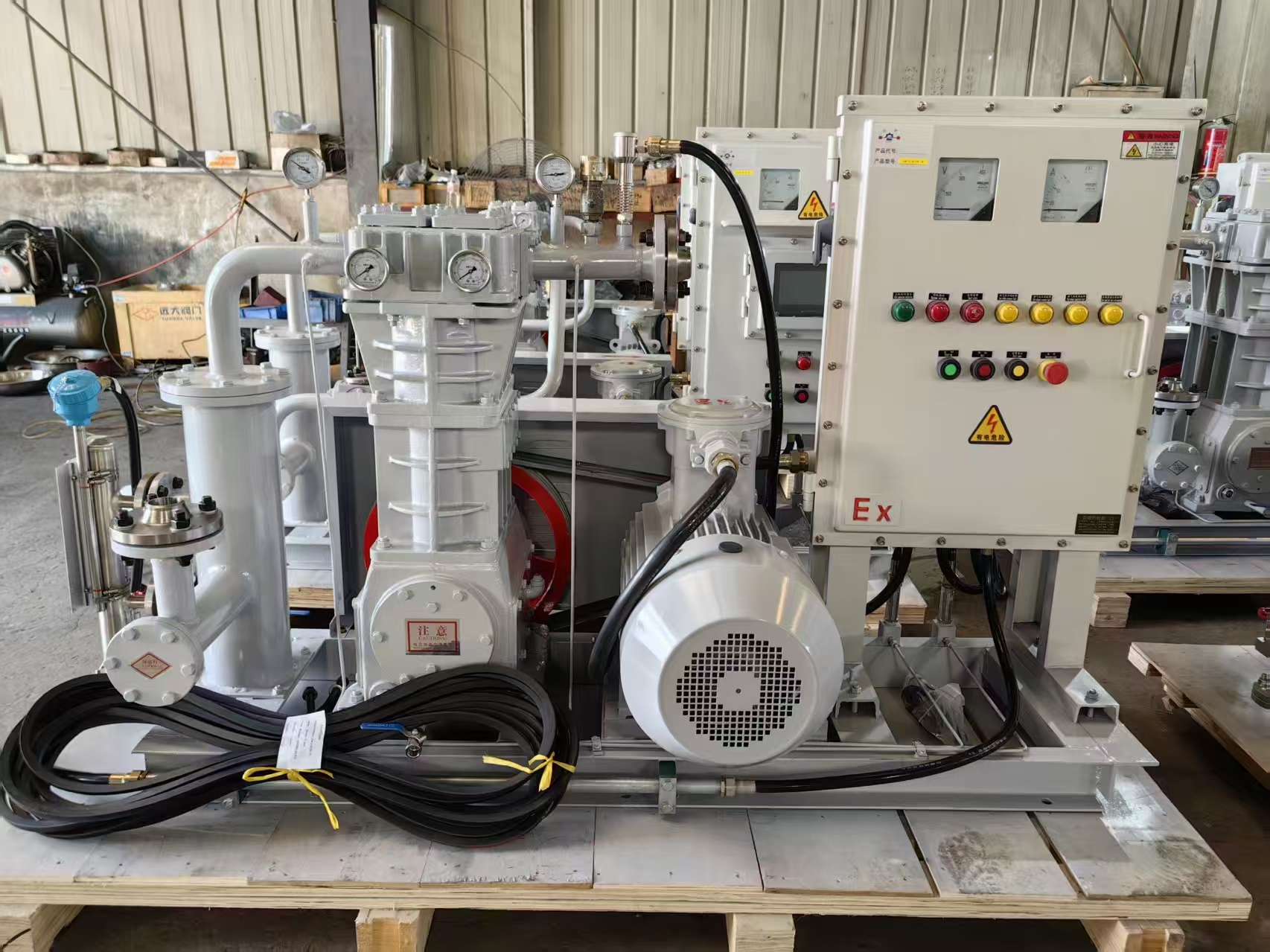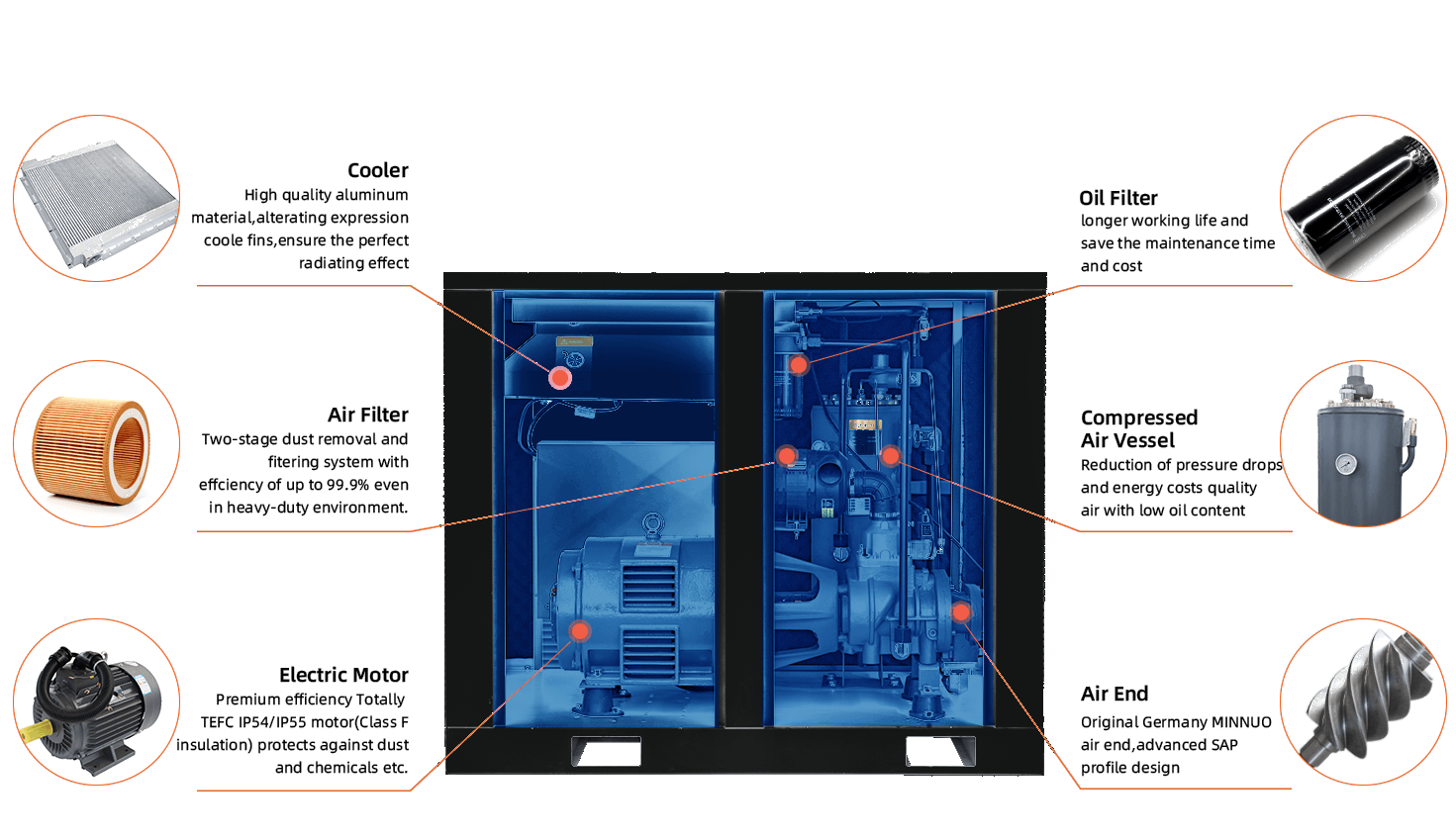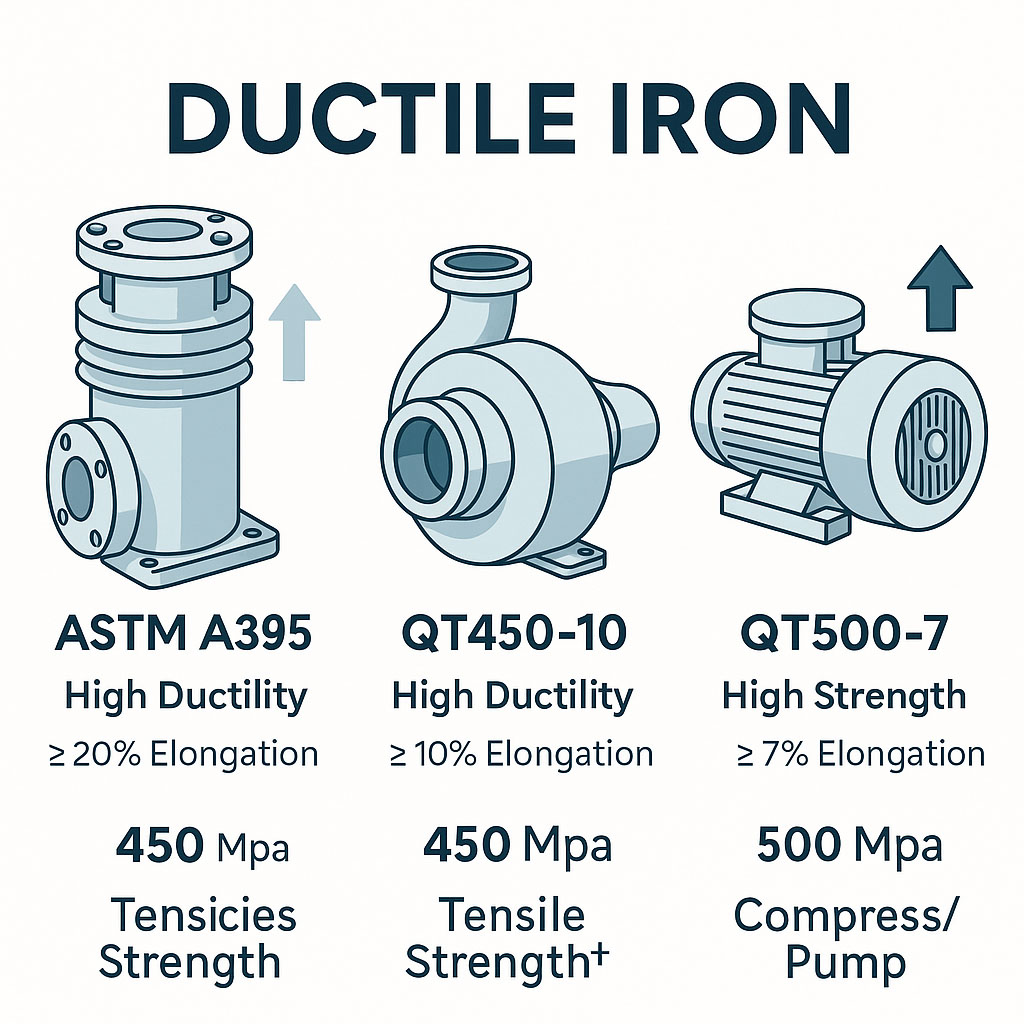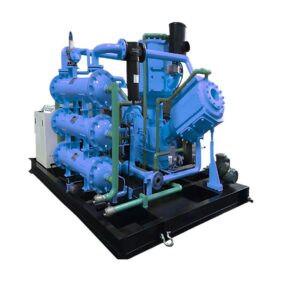Introduzione
I compressori a diaframma per idrogeno godono di crescita della ricerca a due cifre in tutto il mondo mentre i fornitori corrono per equipaggiare i progetti di idrogeno verde in rapida ascesa. Gli analisti indipendenti valutano ora il compressore a membrana per idrogeno segmento a circa US $ 1,2 miliardi nel 2024, salendo fino a US $ 2,5 miliardi entro il 2033-Un robusto CAGR superiore al 9% che ha già superato la tecnologia a pistoni tradizionale. Allo stesso tempo, le chiacchiere sui social #compressore a membrana e #idrogeno mostra che gli appaltatori EPC, gli integratori di sistemi e gli OEM stanno confrontando attivamente le soluzioni piuttosto che limitarsi a navigare. Queste tendenze sottolineano un chiaro intento di acquisto incentrato sulle prestazioni ultra-pulite e ad altissima pressione.
Perché questo entusiasmo? Purezza e pressione
I proprietari del progetto scelgono un compressore a membrana senza olio perché una membrana in acciaio inossidabile mantiene i lubrificanti completamente fuori dal gas di processo, proteggendo gli stack delle celle a combustibile PEM ed eliminando la filtrazione a valle. I moderni telai a tre stadi forniscono abitualmente 1000 bar di pressione di scarico, che si qualifica come compressore per idrogeno ad alta pressione 1000 bare, allo stesso tempo, preservare la piena durata del diaframma in caso di riempimento rapido a ogni compressore della stazione di rifornimento di idrogeno sito. Queste caratteristiche, unite al basso livello di vibrazioni e al funzionamento quasi silenzioso, consentono agli operatori di collocare gli skid sia nei depositi urbani che negli stabilimenti di produzione di semiconduttori.
I principali vantaggi in sintesi
-
Gas ultrapuro (< 1 ppm): I diaframmi inossidabili impediscono la contaminazione incrociata, ideale per la mobilità delle celle a combustibile o per le tubazioni dei semiconduttori.
-
Alta efficienza: L'impianto idraulico a tre stadi raggiunge il 92% di efficienza meccanica, riducendo i kWh per kg di H2.
-
Design modulare del pattino: I moduli testati in fabbrica vengono inseriti come compressore della stazione di rifornimento di idrogenoriducendo del 40% la manodopera in loco.
-
ROI rapido: La minore manutenzione e i ricavi da crediti di carbonio consentono di ammortizzare la spesa in 18 mesi (per un funzionamento tipico di 8.000 ore).
Adattamento al settore e driver del ROI
I produttori di sostanze chimiche, gli sviluppatori di gas rinnovabili e gli operatori di flotte cita scalabilità capex-lite come leva decisiva per il ROI. Comprimendo direttamente dall'uscita dell'elettrolizzatore a 1000 bar, i proprietari di impianti saltano le fasi intermedie, riducono lo spazio in piazzola e risparmiano fino a US $ 320 k per stazione. I gemelli digitali ottimizzano ora gli intervalli di sostituzione dei diaframmi, estendendo l'MTBF del 25%. Con l'inasprimento delle normative sulle emissioni di carbonio, un compressore a membrana senza olio evita inoltre le spese di smaltimento dell'olio lubrificante e le relative emissioni dell'Ambito 1, migliorando ulteriormente il bilancio.
Domande frequenti
Q1. Con quale frequenza devono essere sostituiti i diaframmi?
Per un ciclo di lavoro standard, l'ispezione arriva a 8.000 ore; i kit di sostituzione costano meno del 2% del costo totale di proprietà.
Q2. Posso riadattare una stazione esistente?
Sì. I telai modulari sono conformi ai protocolli di rifornimento SAE J 2601 e necessitano di uno spazio di soli 6 m².
Q3. E il servizio di elio o CO₂?
La stessa architettura di compressori a membrana oil-free è in grado di gestire gas inerti, tossici e rari fino a 700 bar con piccoli aggiornamenti dei materiali.
Pronti a specificare la vostra prossima generazione compressore a membrana per idrogeno? Contattate il nostro ufficio tecnico per ottenere una modellazione del ciclo, un dimensionamento verificato con la CFD e un preventivo entro 48 ore.











